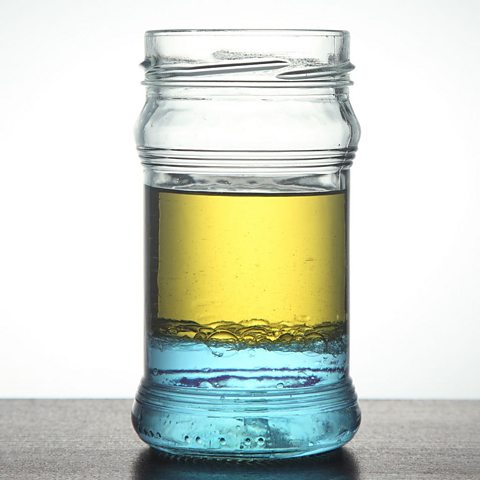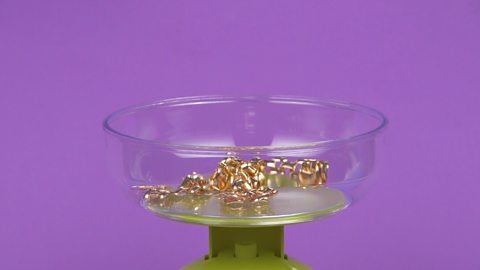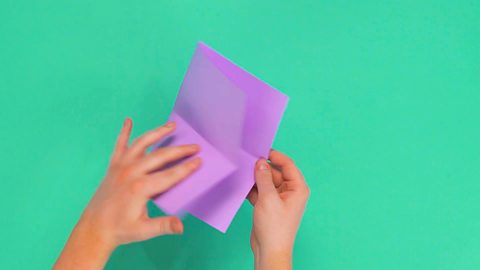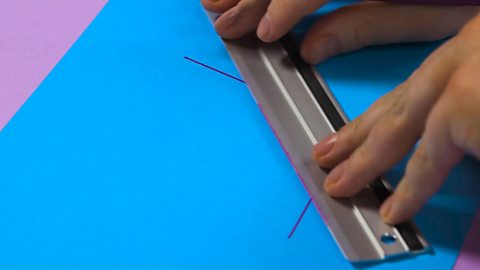The density of an object or substance is its mass divided by its volume: Density = Mass Ă· Volume.
The units of density depend on the units used for mass and volume, but are usually: ˛µ/ł¦łľÂł (if mass is measured in g and volume in cmÂł).
The more dense a substance is, the heavier it feels for its size.

Density values
The densities of some everyday substances are:
Steel has a density of 7.82 ˛µ/ł¦łľÂł
Water has a density of 1.00 ˛µ/ł¦łľÂł
Air has a density of 0.0013 ˛µ/ł¦łľÂł
These values show that the steel (solid) is the most dense while the air (gas) is the least dense.

Density values
The densities of some everyday substances are:
Steel has a density of 7.82 ˛µ/ł¦łľÂł
Water has a density of 1.00 ˛µ/ł¦łľÂł
Air has a density of 0.0013 ˛µ/ł¦łľÂł
These values show that the steel (solid) is the most dense while the air (gas) is the least dense.
More on Shape, space and measures
Find out more by working through a topic
- count27 of 52

- count28 of 52

- count29 of 52

- count30 of 52
